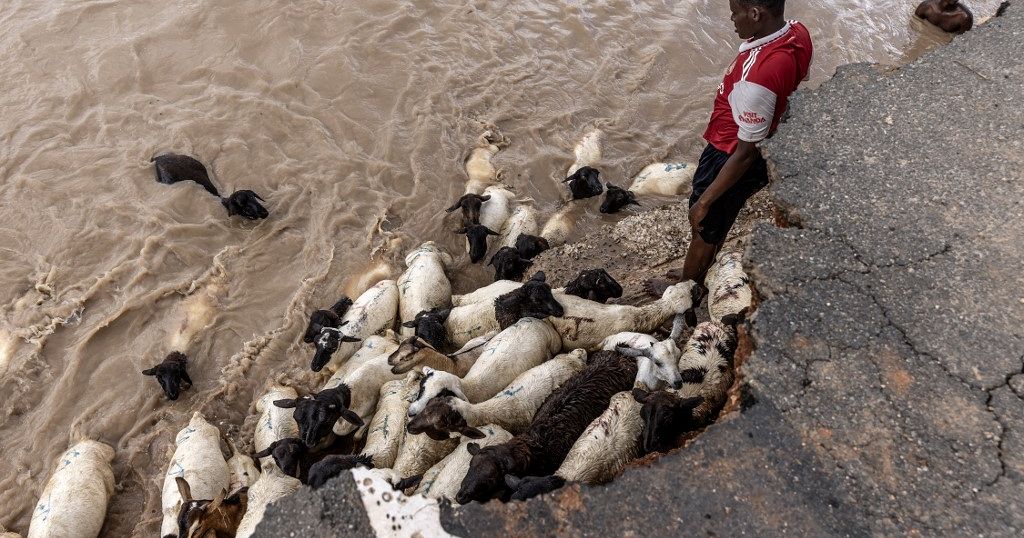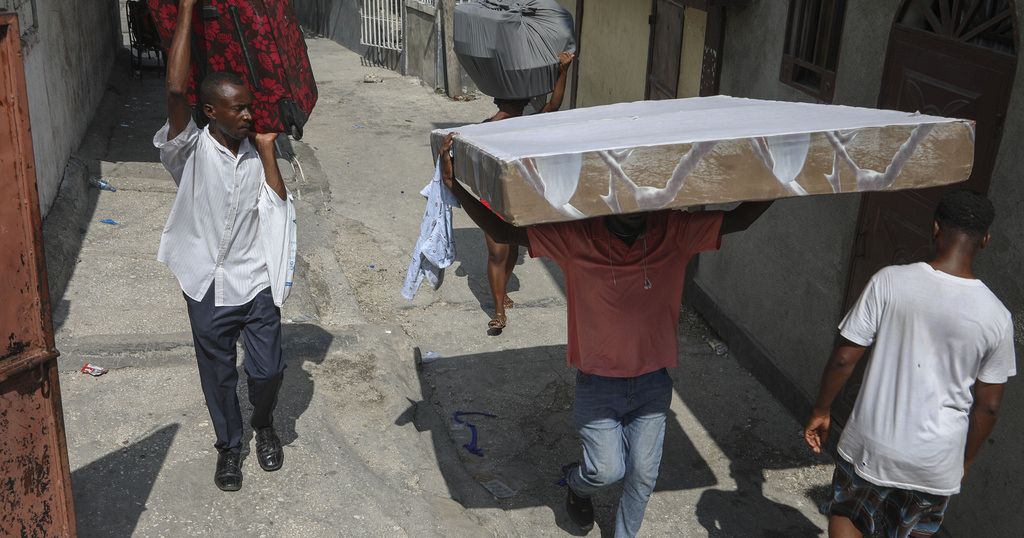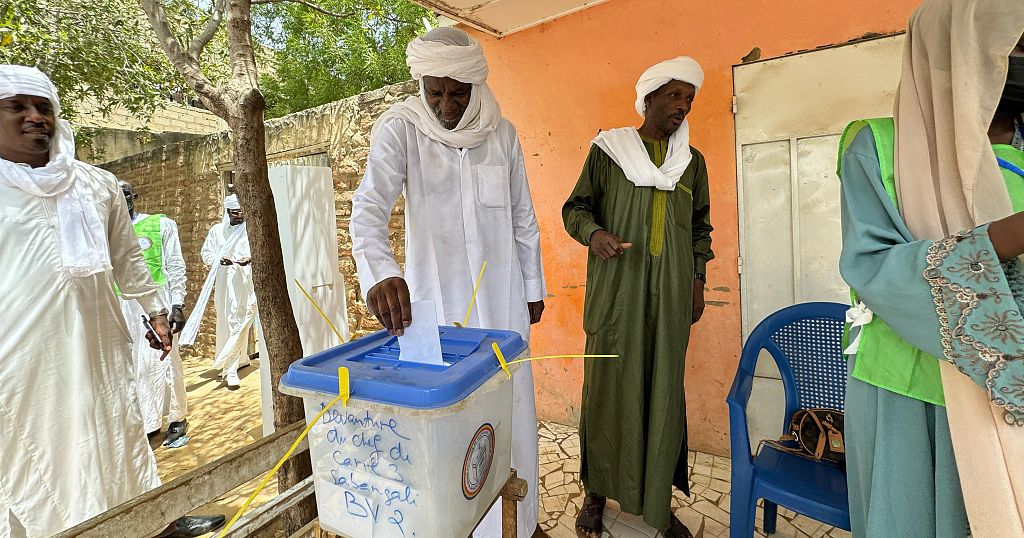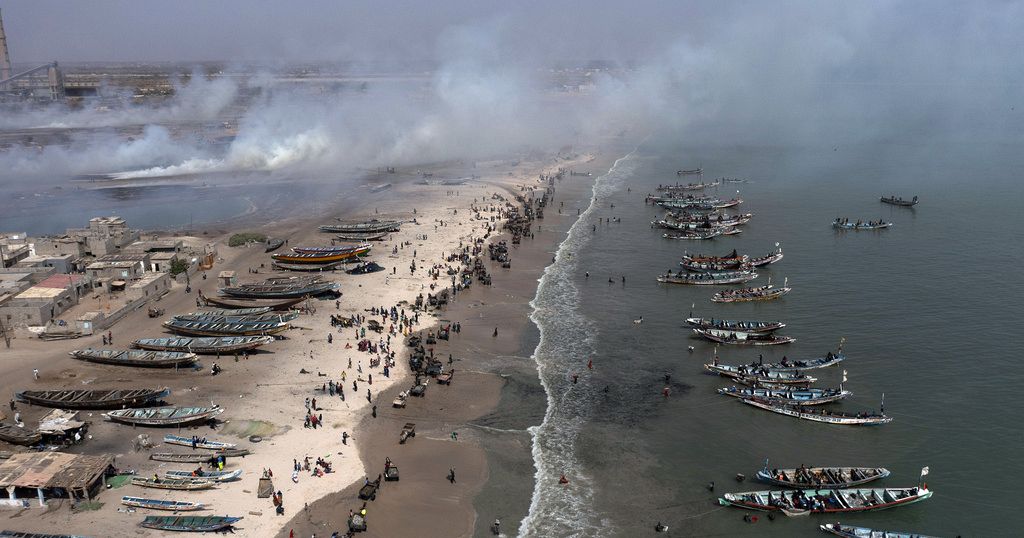Hundreds of Kenyans trapped by raging floods, death toll reaches 170

Floods in Kenya have killed at least 170 and displaced more than 600,000 since the onset of heavy rains in November.
Tens of thousands of residents in the country’s north have lost livestock, farmland, and homes.
In northeastern Mandera county inhabitants call for help.
“We don’t have food, that’s our main problem. We don’t have mosquito nets, we have nothing to sleep on and there are snakes. We are complaining because there is a woman who gave birth without medical help, and an old woman broke her arm and there was nobody to treat her. When a child suffers, they ask their father for help. We are asking our government for help.”
The rainy season which starts in October in the Horn of Africa is being amplified this year by El Niño, a meteorological phenomenon generally associated with rising temperatures, droughts in some parts of the world and heavy rains in others.
In early December, president Ruto said 38 of Kenya’s 47 counties were affected by the floods.
Three regions are the worst hit, the Coast, Northern and Central Kenya.
Kenya’s military continues nationwide efforts to evacuate hundreds of people trapped by rising waters.
In affected counties like Mandera, food items are distributed to the displaced.
The U.K High commissioner to Kenya visited the county on Wednesday (Dec. 13).
“Climate change is one of the greatest challenges facing everyone in the world, but you see very acutely in places like Northern Kenya where the impact of the drought and all livestock dying and now the floods on people’s livelihood has been absolutely enormous,” Neil Wigan said.
“So we are committed, as I said, to dealing with both the short-term consequences —what we can do for cash grants, foods, medicine and other vital supplies— but how can we build systems nationally and internationally to deal with the effects of climate change.”
Kenya’s meteorological department has warned that heavy rains will continue into the new year and issued a warning for people living in lowlands and flood prone areas to evacuate to prevent further losses.
Source: Africanews





![New era of sovereignty in Mali’s gold sector [Business Africa] New era of sovereignty in Mali’s gold sector [Business Africa]](https://static.euronews.com/articles/stories/08/77/73/76/1024x538_cmsv2_04bbdd41-5576-5c9e-9bd3-f09c391cff64-8777376.jpg)









